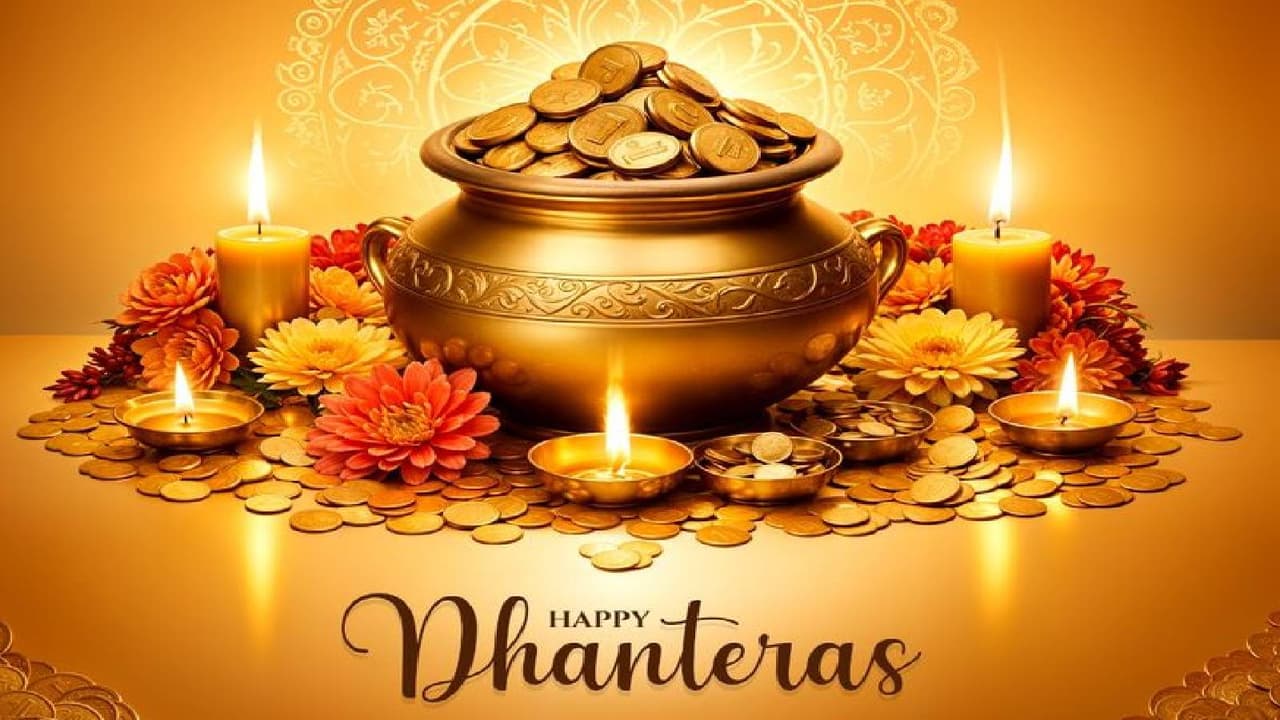<p><strong>Danteras 2025: Dhanteras, the first day of Diwali celebrates wealth, health, prosperity. People worship Goddess Lakshmi, Lord Kuber and Lord Dhanvantari. They decorate their homes with light lamps and buy auspicious items for good fortune</strong></p><img><p><strong>Dhanteras</strong>, also called Dhantrayodashi, falls on the thirteenth day of the lunar month. “Dhan” represents wealth, while “Teras” refers to the thirteenth day. People believe that lighting lamps at home invites prosperity. The day also honors Lord Dhanvantari, regarded as the deity of Ayurveda, who is believed to have appeared with the nectar of health.</p><img><p>The auspicious timings for Dhanteras, known as muhurat, differ by city. Devotees are advised to check a trusted Panchang or calendar app, select their city and the date, and note the Pradosh Kaal and Vrishabha Kaal overlap. Performing the pooja during this period and lighting a lamp at the entrance, called Yama Deepam, is considered ideal for blessings.</p><img><p>Families start by cleaning the entrance and pooja area, decorating with a small rangoli. Idols or images of Goddess Lakshmi, Lord Ganesha, Lord Kuber, and Lord Dhanvantari are placed. A kalash with water, mango leaves, and a coconut is arranged. Diyas and incense are lit, and offerings such as flowers, turmeric, kumkum, rice, and sweets are presented. Simple prayers or Lakshmi aarti are recited, followed by naivedya like kheer, fruits, or homemade sweets, concluding with a small aarti and sharing prasad.</p><img><p>Purchases on Dhanteras symbolize growth and well-being. Gold or silver signifies stability, while steel, brass, or copper utensils reflect purity and practical use. Some families keep Gomti Chakras or coriander seeds in lockers or kitchens. Lakshmi-Ganesha idols are bought for Diwali worship, and health-related items honor Lord Dhanvantari. Rangoli can be simple, featuring Lakshmi footsteps, lotus designs, or kalash and diya outlines, using two or three colors with small diyas along the edges.</p>
